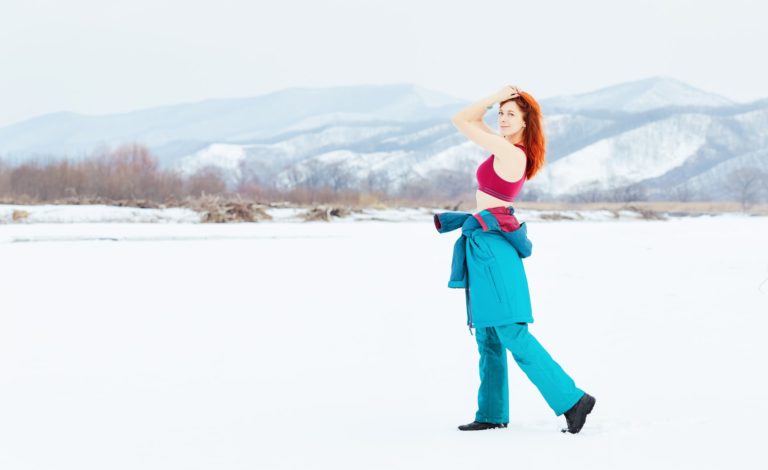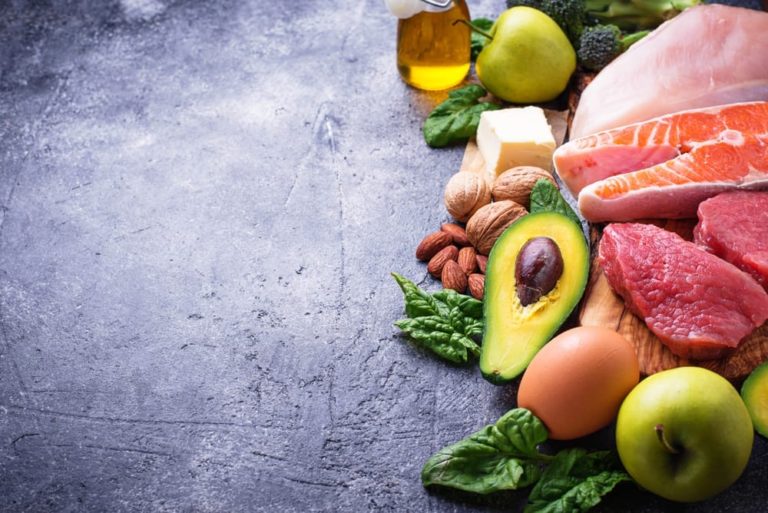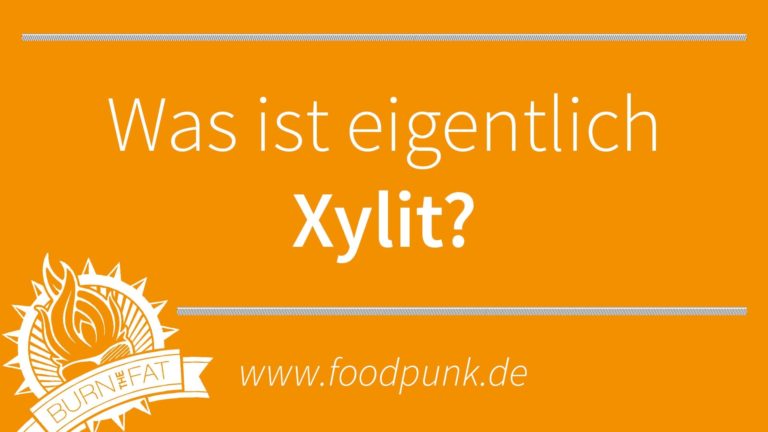In the last Bites of Knowledge, we touched on the properties of MCT oil. Since coconut oil also contains medium-chain triglycerides (MCTs), today we will compare coconut oil and MCT oil in an overview.
Coconut oil vs. MCT oil – The daily bite of knowledge

Du möchtest dich auch gesünder ernähren?

| Property | Coconut oil | MCT oil |
|---|---|---|
| Fatty acid composition | 45-53% lauric acid (C12)
8-10% palmitic acid 17-21% myristic acid 5-10% oleic acid 5-10% caprylic acid (C8) 5-8 % Capric acid (C10) 2-4 % stearic acid 1-3% linoleic acid |
Depending on the product changing ratio of
Lauric acid (C12) “XCT oil” contains only capric and caprylic acid, |
| Source | Coconut meat | Coconut oil and/or palm oil, depending on the manufacturer. |
| Application | Roasting, baking, refining hot dishes & drinks. | For dressings, to refine cold or hot dishes or drinks. Not suitable for frying, for baking only at not too hot temperature. |
| Starts smoking at | 190 ° C | 120 ° C |
| Melts at | 23-26 ° C (liquid in summer) | -5 °C (liquid at room temperature) |
| Effect on the body | Has antibacterial effect, contains traces of vitamins and minerals. | Lauric acid: deters ticks and has antimicrobial effects, but most often causes digestive problems of all medium-chain fatty acids.
Capric acid: Has a particularly positive effect on thermogenesis and thus energy consumption and ketone body formation – “metabolic effect”. Caprylic Acid: Acts primarily on ketone body formation and may eventually cross the blood-brain barrier to serve as an energy source – “brain boosting effect”. Caproic acid: No known special effect. |
There is no “better” or “worse” here. Both have different properties. The proportion of fatty acids, which have a stimulating effect on the metabolism and promote the formation of ketone bodies, is higher in MCT oil (it is best to contain only C10 and C8 here). For this you can bake with coconut oil, fry and still have a few vitamins and minerals at the start.
Always stay up to date with our Newsletter.
The daily* bite of knowledge
This new section is intended to provide a brief look at topics in nutrition science.
(* almost daily)
Similar posts by Foodpunk

How are carbohydrates structured?
Sure! Carbohydrates are pasta, rice, potatoes. Everybody knows it! But do you really know what a carbohydrate molecule looks like?

Your skin eats with you! – The daily bite of knowledge
Have you ever thought about the substances you put on your skin every day? They should not be underestimated, because the skin eats with you.

You know the saying, "In summer we age and in winter we grow young again!"? There is something to it! We explain to you why cold can have a positive effect on fat burning, the immune system and deep sleep.

So much fruit you can eat in the keto diet
Here we have created a fruit table in which you can see exactly what amount of fruit contains what amount of carbohydrates.

If you think you still need to get a loincloth and a drumstick to eat the right Paleo diet, you better check out this article!

What is actually xylitol? – The daily bite of knowledge
What can it be used for? Are there advantages? Find out here!

Maybe you have heard of the so-called AIP in connection with autoimmune diseases - read here what exactly is behind it!

